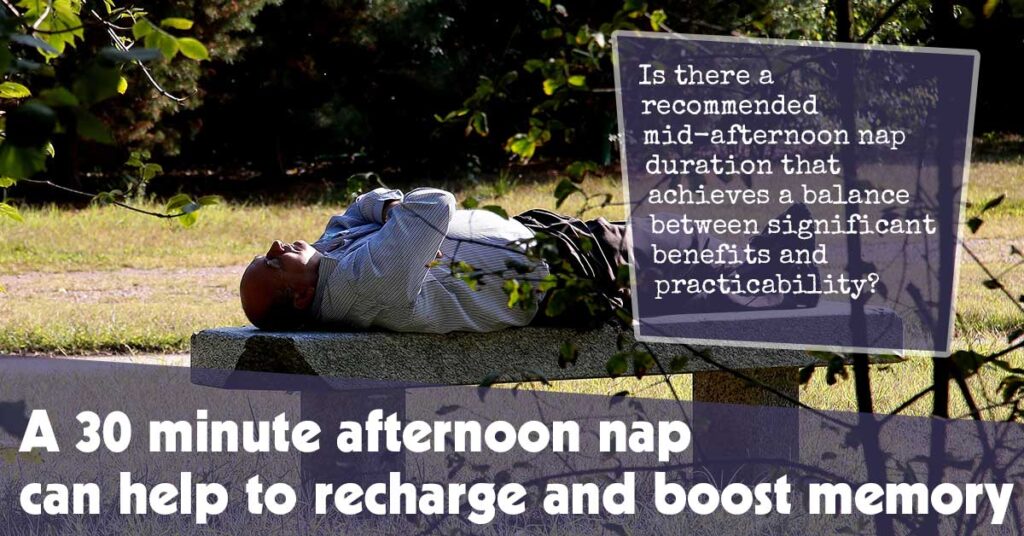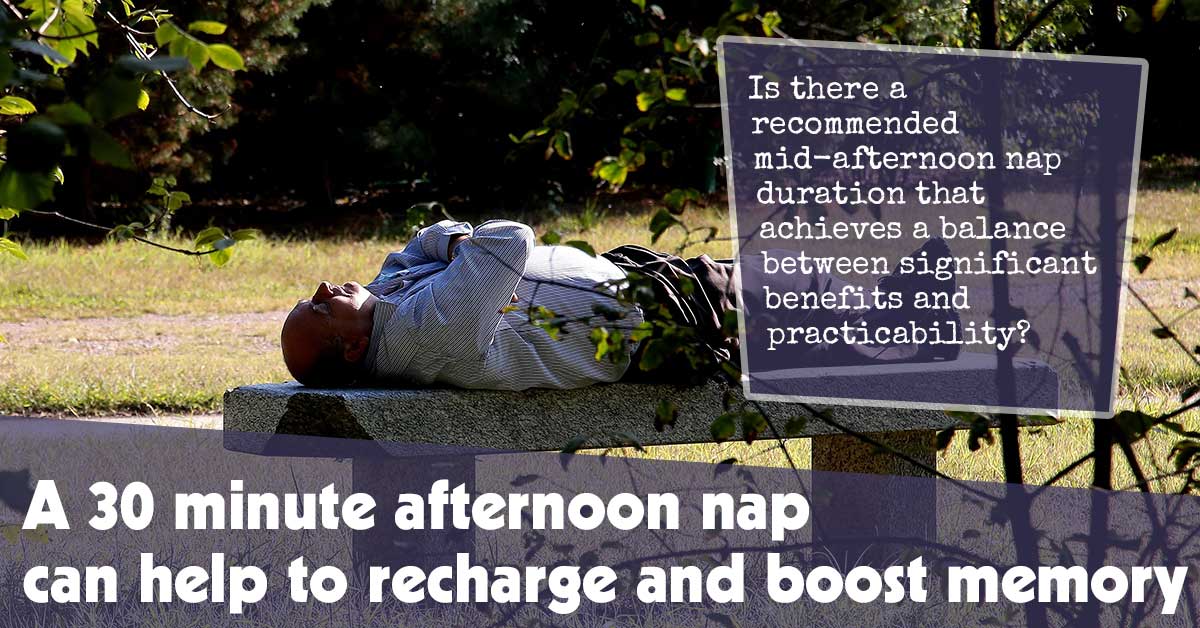Naps are short periods of sleep that take place outside a primary nocturnal period and should not be confused with uncontrollable and unintentional bouts of sleeping that occur without anyone’s intention, such as due to neurological disorders, sleep disorders, jetlag or significantly inadequate nocturnal rest. Naps can be distinguished from unintentional sleeping by its short duration compared with its uncontrollability – these latter could include unintended sleep-inducing bouts such as those seen during unintentional bouts occurring due to neurological conditions such as neurological conditions or sleep disorders as well as significantly inadequate nocturnal rest resulting from inadequate nocturnal rest during primary nocturnal periods when primary rest occurs during this time period nocturnally or significantly inadequate nocturnal rest periods during primary nocturnal periods of an inadequate duration.
Voluntary naps serve as a planned midday recharge that can boost productivity and learning. Though its advantages are widely recognized, our increasingly hectic workday schedules often limit its practicality for frequent napping sessions.
Are there any optimal mid-afternoon nap durations that provide significant health benefits and practicability? A study provides answers.
After sleeping their normal amount at night, 32 young adult individuals underwent four conditions of sleep tests on different days: awake, taking 10 minute naps of 10-20-30-60 minutes duration as well as two 60-minute naps during the daytime.
Sleep time measured objectively was compared with polysomnography instead of simply providing nap time, making decisions clear and unambiguous about how long an individual should allocate for napping based on how quickly they typically fall asleep.
Cognitive performance, subjective sleepiness, and mood were assessed at 5-, 30-, 60-, and 240-minute intervals after awakening from midafternoon naps in order to measure how long their respective benefits lasted and examine any subsequent memory effects associated with these nap durations.
Averagely, individuals took 10 to 15 minutes to fall asleep after napping between 10-60 minutes; all nap times demonstrated marked improvements for alertness, subjective sleepiness, and positive mood that persisted up to 240 minutes post nap – suggesting even short naps of 10 minutes can act as midday rechargers.
Still, among all nap durations tested, only 30-minute nap proved beneficial for memory encoding, suggesting this minimum duration might provide sufficient benefits to boost brainpower.
Vigilance improvements were moderate and speed of processing benefits were nonexistent. Sleep inertia, the temporary performance decrements experienced immediately upon awakening after 30-60 minute naps, only occurred for those taking 30-90 minute naps; nevertheless, any such decreases were insignificant and resolved within 30 minutes after awakening.
Although no clear winner was identified for nap durations, 30 minutes seemed to provide the optimal combination of benefits and practicability. 30 minutes may be an ideal length for mid-afternoon naps while providing additional time to fall asleep quickly.




